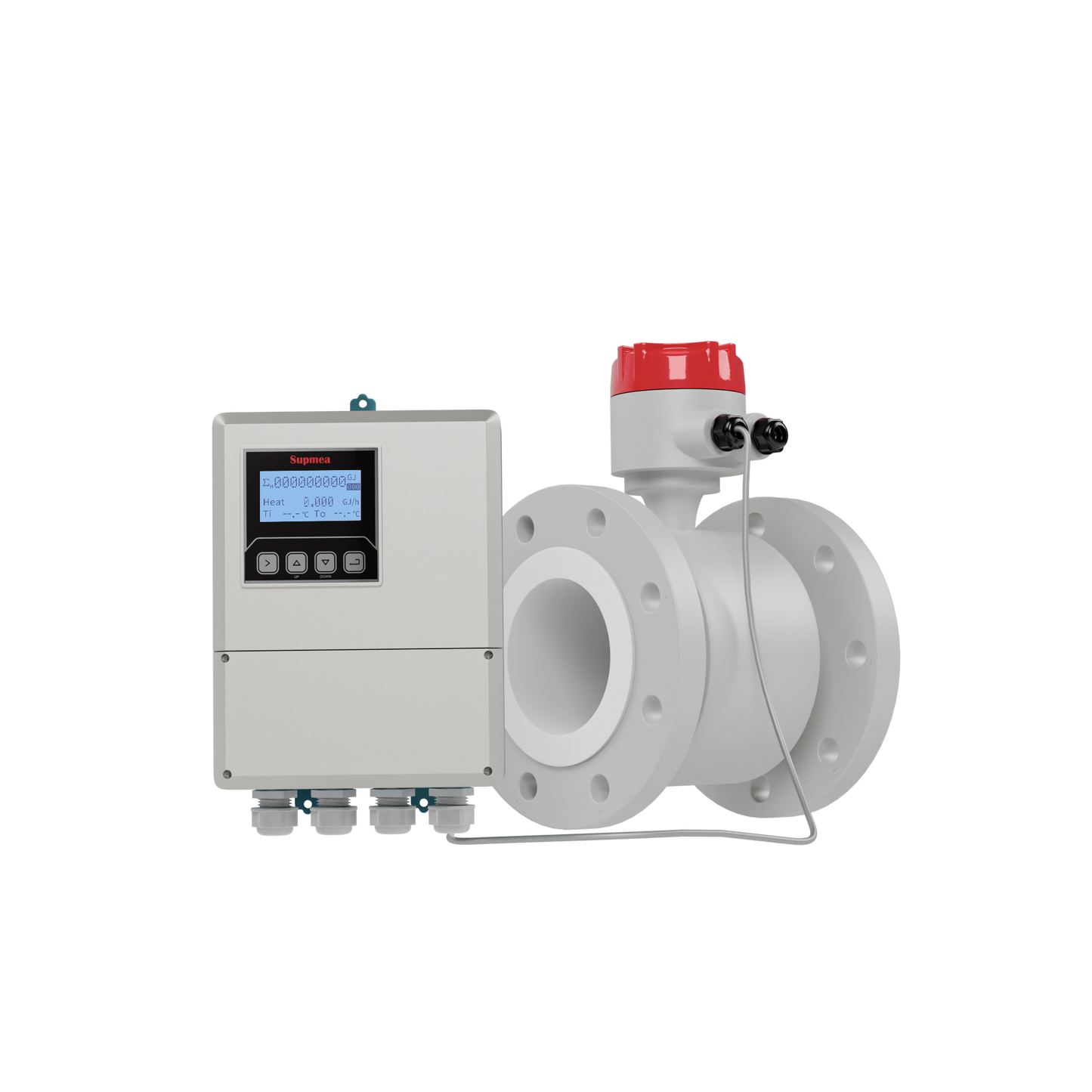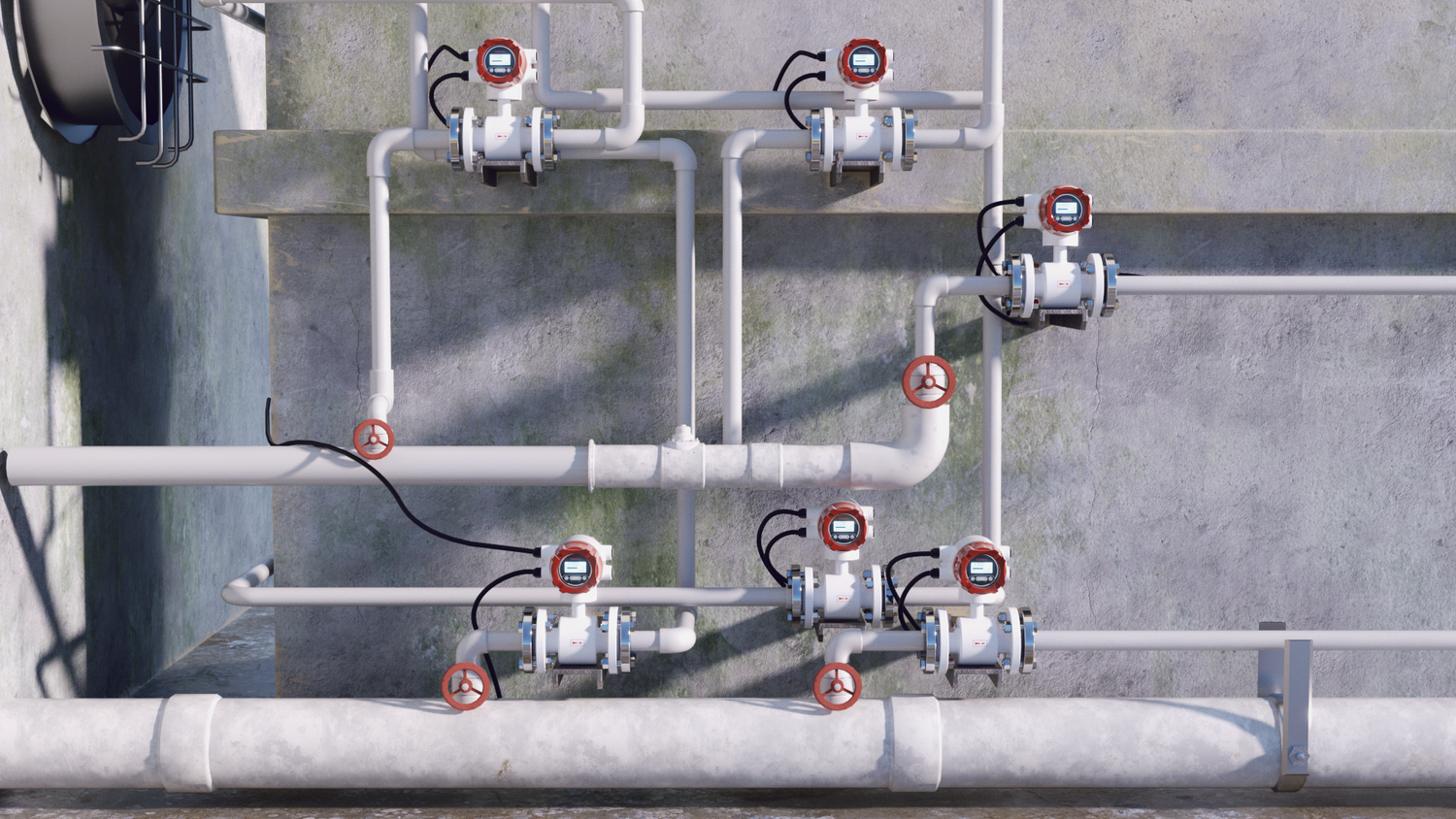1
/
of
1
BayMeters
Magnetic BTU meter LDGR
Magnetic BTU meter LDGR
Regular price
$2,460.00 USD
Regular price
Sale price
$2,460.00 USD
This is an all-inclusive reference price (product, international shipping, and import duties), based on a few selected configurations. Actual pricing may vary by size, options, and order quantity. Minimum order may apply for low-value items, while better pricing may be available for larger requirements. For a confirmed quote or to place an order, please contact us.
Share


Introduction
Electromagnetic BTU meters accurately measure the thermal energy consumed by chilled water in British thermal units (BTU), which is a basic indicator for measuring thermal energy in commercial and residential buildings. BTU meters are usually used in commercial and industrial as well as office buildings for chilled water systems, HVAC, heating systems, etc.
Specification
Diameter Nominal
DN15(1/2”)~DN1000(40”)
Accuracy
±2% flow rate =1 m/s (3.28 ft/s)
Working Pressure
1.6 MPa (232 psi)
Liner Material
PFA, F46, Neoprene, PTFE, FEP
Electrode Material
Stainless steel SUS316L, Hastelloy C, Titanium, Tantalum, Platinum-iridium
Medium Temperature
- Integral type: -10℃~80℃ (14℉~176℉)
- Split type: -25℃~180℃ (-13℉~356℉)
Power Supply
100-240 VAC,50/60 Hz, 22 VDC—26 VDC
Electrical Conductivity
50 μS/cm
Ingress Protection
IP65, IP68


